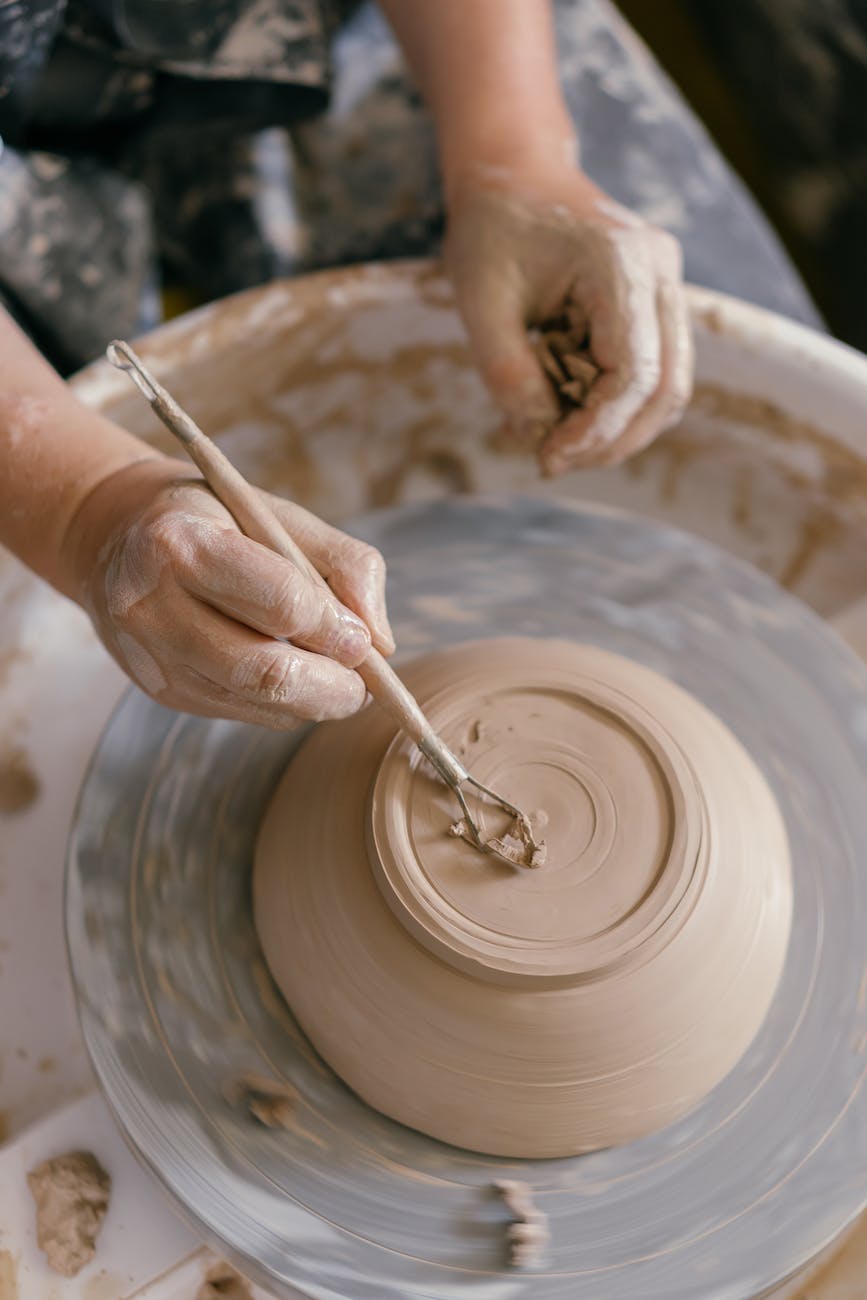Sparking a Creative Fire: The Contemporary Renaissance of Ceramic Arts
While refined over millennia, pottery endured a period of fading prominence as industrialization threatened traditional artisanal production. But starting in the late 1800s, a vibrant revival movement arose seeking to reclaim clay creativity and handcraft mastery waning under mechanization and anonymity. Propelled by pioneering artists, expanded participation, and renewed passion, the pottery renaissance continues burning brightly.
Seeds of Revival Through the Arts and Crafts Movement
As industrialization displaced traditional craftsmanship, late 19th century tastemakers like William Morris, Charles Mackintosh, and Elbert Hubbard framed handmade crafts like pottery as vital creative refuge for society through the Arts and Crafts movement. This placed clay artistry into fine art esteem and inspired renewed public participation.
Prominent potters like Mary Louise McLaughlin and Adelaide Alsop Robineau pioneered bold new American aesthetic directions during this awakening. Their distinct studio wares fueled the blooming passion for handmade pottery as culturally meaningful.
Expanding Participation and Visibility
Whereas industrial pottery production had been sequestered in factories, the contemporary resurgence invited widespread public involvement through novice classes, studio tours, and museum exhibitions explaining historic techniques. This welcoming inclusivity dramatically grew pottery’s visibility while potters benefited from direct sales relationships with patrons.
Fusing Tradition with Innovation
Today’s ceramicists build on heritage methods but filter them through modern perspectives and bold techniques. Enormous coiled vessels mirror primordial clay huts but on a giant scale impossible historically. Others blend digital decal imagery, graffiti style glazing, and even AR animation to re-contextualize classical forms and patterns through cutting-edge hybridity.
While honoring the past, pottery continues progressing creatively by those who bravely expand boundaries. The medium reinvents itself while transmitting enduring creative spirit.
Promoting Sustainable Practice
Alongside artistic revival, many modern ceramicists emphasize sustainable practices like renewable firing, biodegradable glazing, water recycling, and low-impact community-based eco production models to align with urgent ecological values. This meshes pottery’s innate natural purity with much-needed environmental stewardship.
Experiencing Therapeutic Benefits
For many devotees, pottery’s meditative centering provides therapeutic respite from frenetic technology-dominated life. The process elicits calming mindfulness by requiring focused sensory presence. Community studios offer belonging. Physically engaging with elemental clay and fire nourishes the soul.
Rather than fade as a relic, pottery now thrives dynamically by fusing ancient intuitive creative spirit with social progressivism, artistic individuality, and holistic well-being pursuits that keep the medium relevant, expressive, and deeply meaningful today.
